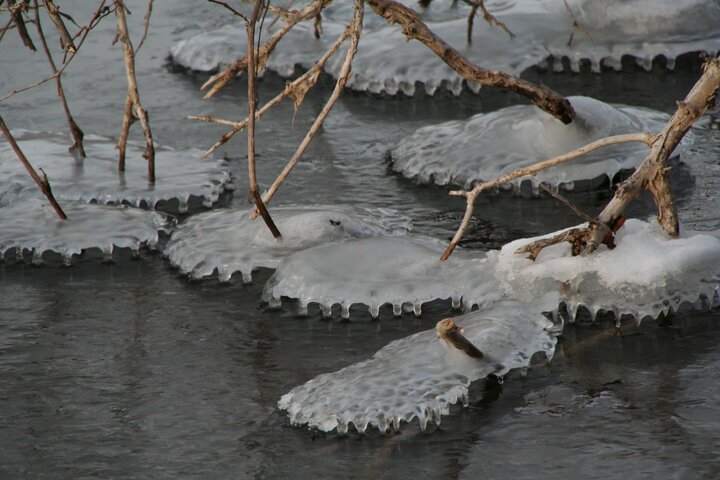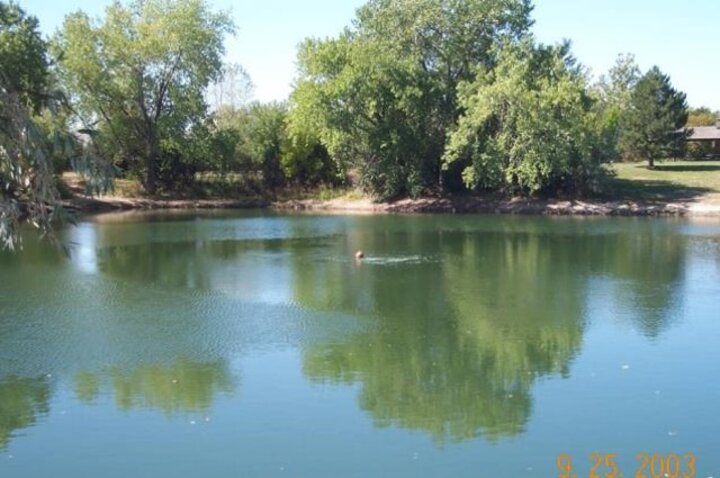To Aerate or Not to Aerate? That is the winter question.
It’s been getting colder and winter is upon us. If you have an aerator in your pond you maybe wondering what to do with it. Cold water holds more oxygen, animal and plant use of this oxygen is lower than in the winter than the summer, and oxygen-using decomposition is very slow. So, if the pond is open most of the winter or only has occasional ice cover, the pond should not have an oxygen problem. In this case, aeration is not benefitting the pond.

However, in those years where we have a “hard” Nebraska winter when ice becomes thick and your pond is persistently snow covered, there can be significant value in winter aeration. Winter fish kills are generally caused by a depletion of oxygen. Ponds which are nutrient rich; shallow, having less than 25% of the pond with 10 feet of water depth; and have abundant aquatic plants and algae are most susceptible to winter fish kills. As ice and snow cover a pond, preventing sunlight from entering the pond, it prevents aquatic plants and algae from producing oxygen (photosynthesis). As the vegetation dies, it uses the limited oxygen supply and the oxygen depletion becomes critical as fish suffocate, resulting in a winter fish kill.

Ponds which are protected from wind are most at risk. These ponds freeze sooner and longer than their windy counterparts. Snow also remains on these ponds longer with less wind to blow the snow off the ice, which cuts off light to the aquatic world, reducing photosynthesis.
It’s hard to predict what type of winter we may have. So as a rule of thumb, consider turning on the aeration system once a pond has been ice covered for a couple of weeks, particularly if the ice is snow covered or very thick.
This article was reviewed by Mike Archer, Nebraska Department of Environmental Quality